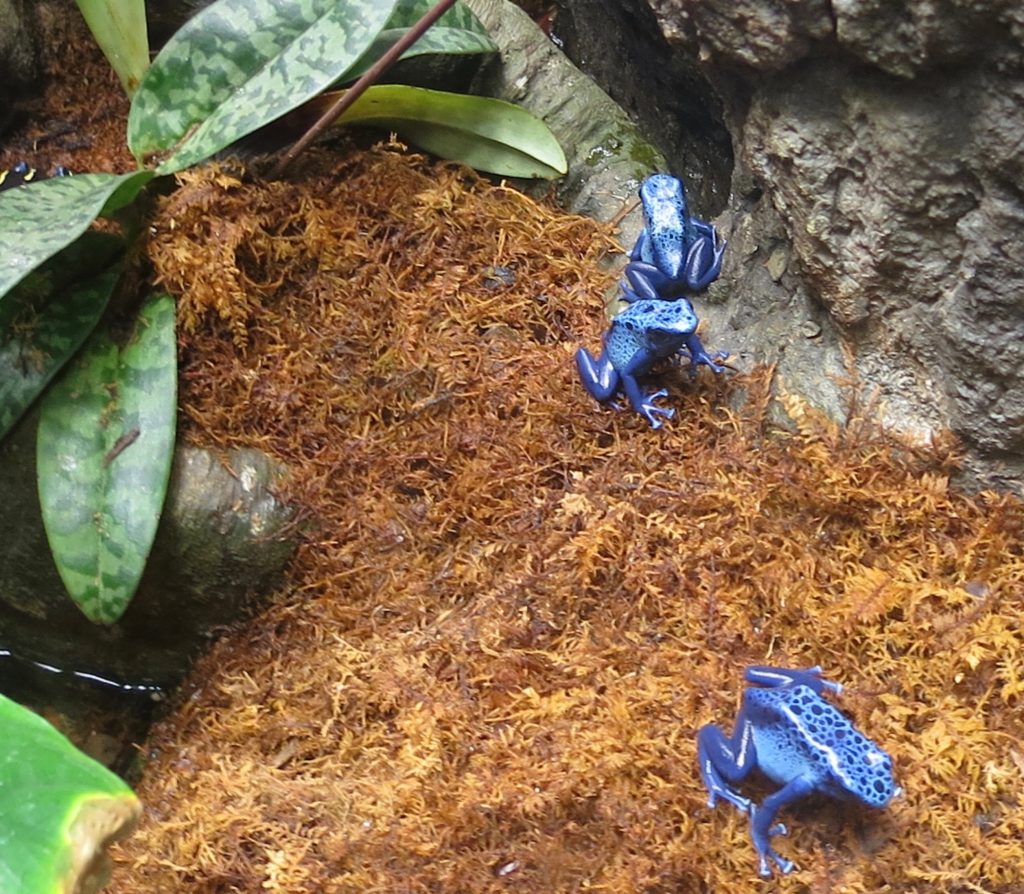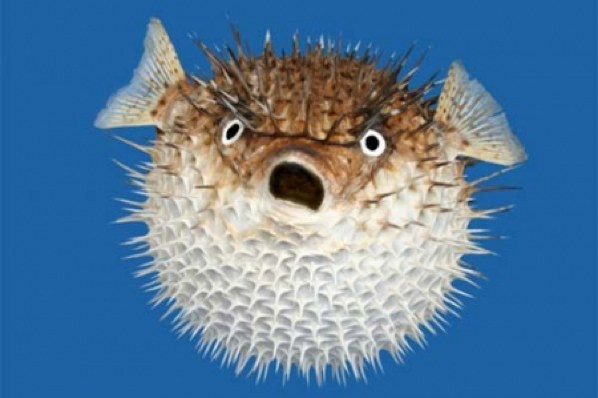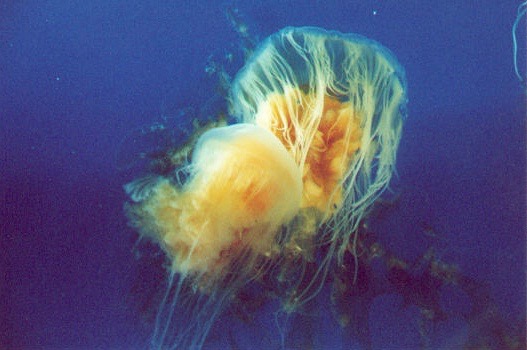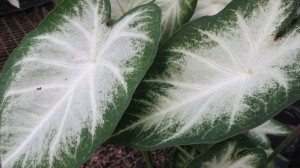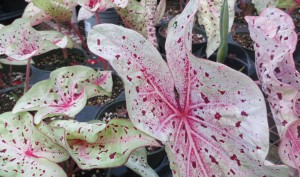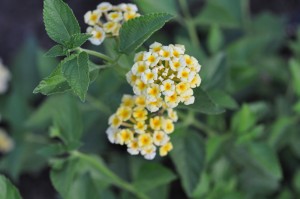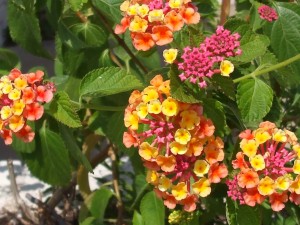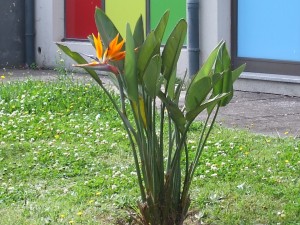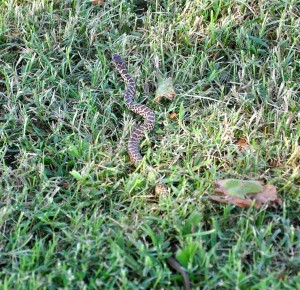KN, p. 182 “Deadly Poisons in the Animal Kingdom”
Have you ever been bitten by an insect? How about a snake? Or a frog? Or a snail? I’ll take a fire ant bite over the bites of some of the animals in this article any day.
I would bet that most of you have endured the after effects of a mosquito bite – the itchiness, the redness, the swelling, but rarely does anyone die from it. There are nasty diseases that a mosquito can carry – i.e., Malaria and the Zika virus – but the everyday, backyard variety generally just delivers an annoying couple of days of discomfort. We can’t tell the difference by just looking at them as they dive at us, so we use insect repellent to ward them off. There are couple of great products that golfers use to keep pesky gnats, horse flies, and skeeters away, but, there is no magic spray that works to chase away the deadliest animals that co-exist with us on the planet. We have to rely on treatment after the fact, or the best idea of all: avoidance.
Here are ten of the worst:
Some animals have developed neurotoxins to dispatch their victims. The worst spider in the world is found in Australia – just in Sydney, to be exact. The Sydney Funnel Web Spider can kill a human or a monkey within 15 minutes. Apparently, no other animal is susceptible to the poison. There is an anti-venom, but you’d have to be really close to the hospital to get treated in time.
The South African Spitting Scorpion uses three neurotoxins to protect itself – one to stun, one to paralyze and one to kill. It spits the lightest dose when chasing the victim away, but it only needs a billionth of a gram of the deadly dose to kill a small animal. Death is not pleasant, with tremors and convulsions that go on even after death.
The Lonomia Caterpillar is responsible for over 500 deaths in the past twenty years and kills by causing hemorrhaging near the site of the bite. The victim’s blood no longer clots and this condition spreads as the body tries to cope. Scientists don’t yet know the composition of all the toxins involved.
Unlike other poisonous animals, the Poison Dart Frog creates its toxin from its diet. Scientists have discovered that in captivity, the frog is rendered harmless by changing its diet. That means that even if the frogs in my photo above had escaped, they would have hopped around, doing no damage to me at all if they had touched me. Good thing, because one little wild frog from Central or South America has enough toxin to kill about ten fully adult humans. Hop, hop, hopping about, enticing us to touch its pretty skin, doing its worst by causing heart attacks.
The famed Puffer Fish carries a neurotoxin that is 100 times deadlier than potassium cyanide. What may not as widely known is that same toxin can zap you if you touch certain varieties of sea snails as well as the blue ringed octopus, a small but nasty bit of sea life. Contact with one of these unfriendly sorts can cause blindness, paralysis, and/or death. And while the Marbled Cone Snail may be gorgeous to look at, there is no known antidote for a strong enough dose of its venom. I’ve never been a strong ocean swimmer, but when I stick my toe in a wave at the shore, I expect to be alive afterward, pretty sea snails or not. Maybe I’ll forgo the next snorkeling trip. 😉
http://listverse.com/2012/12/26/10-animal-poisons-with-amazingly-specific-purposes/
The Inland Taipan is among the deadliest snakes on Earth. Anybody that gets bitten by one of these can die within 45 minutes. It’s an Australian snake and there is anti-venom for the bite, but I wouldn’t want to count on getting back to civilization in time to get the treatment. If I was a snake handler Down Under or if I lived in the Outback, I’d think seriously about keeping a vial of the remedy on hand.
The King Cobra can strike fear into the heart of anyone that gets within spitting distance. Just a 1/4 ounce of its venom (about 7 ml) can kill a full grown elephant within minutes. To put that into perspective – about twenty grown men could die from that same 1/4 ounce dose. The good news is that unless you’re traveling to India or China, or the local zoo lets one escape, you’re safe.
Several varieties of Jellyfish can deliver stings that cause a great deal of pain and sometimes death. They are physically brainless, but their make-up is all about survival. Tentacles can be anywhere from less than an inch (the translucent Irukandji) up to ten feet long (the Portuguese Man O War). They are found in oceans all over the world, can be almost invisible or quite colorful (the Sea Nettle found near the Chesapeake Bay in the USA). My advice? If you see one, swim away as fast as you can.
http://www.conservationinstitute.org/7-deadliest-poisonous-jellyfish-world/
If you’re using the information in a book you’re writing, choose your poison source carefully. Somebody has to gather that poison before it can be injected or mixed with food. Will it be the villain or someone she/he hires? There are medical uses for some of the neurotoxins – those can be purchased legally with the proper credentials. On the other hand, snake venom is not easy to collect, and somebody might actually have to catch the snake first. Snake bags anyone?
Do you have a favorite villain in literature that has used a rare animal-based poison to do his/her evil work? Please share in the comments below. 🙂
*Photo credits:
Poison Dart Frog & Jellyfish – Patti Phillips
Puffer Fish – ListVerse
KN, p. 182 “Deadly Poisons in the Animal Kingdom” Read More »

